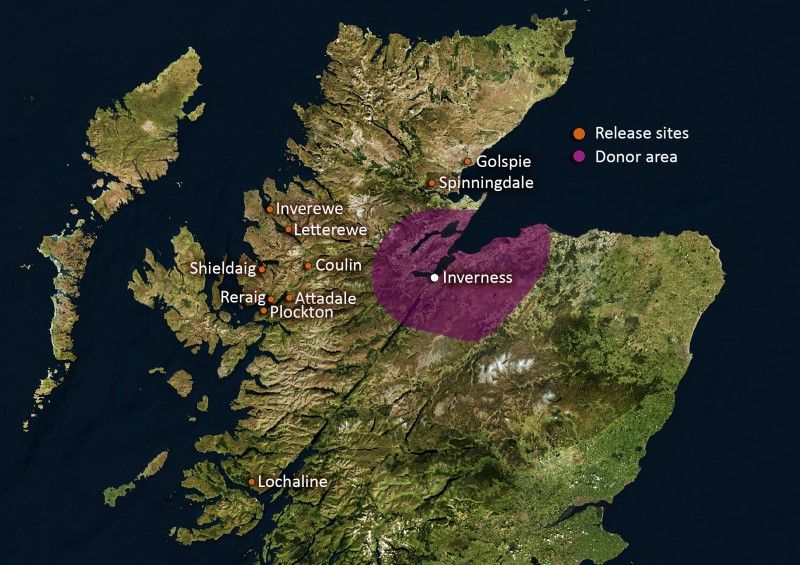Establishing new red squirrel populations in Scotland
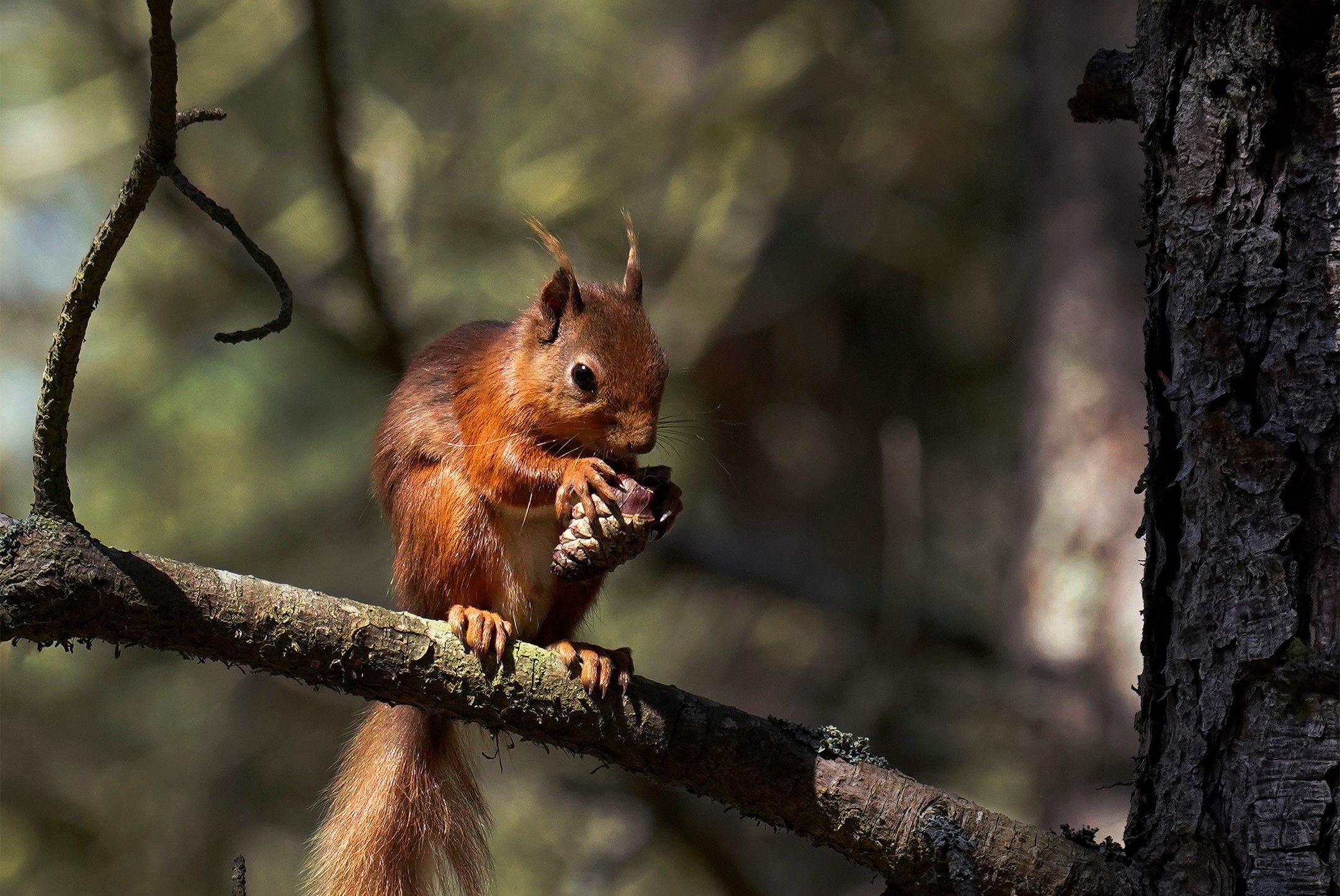
Status
Least concern, decreasing
Population
140,000
Scientific name
Sciurus vulgaris
Numerous threats mean reds are at great risk
Our native red squirrel is under threat. Only around 140,000 red squirrels remain compared to 2.5 million grey squirrels. 75% of red squirrels live in Scotland but they can also be found across northern England, Formby, the Isle of Wight and Brownsea Island; and are still found in parts of Wales. Northern Ireland and the Republic of Ireland have strong recovering red squirrel populations. Most of the areas where red squirrels are found require constant conservation action to prevent local extinction.
Red squirrels were once the only squirrel species in the UK. They are a woodland species and only thrive when there are sufficient large tracts of woodland for them to occupy. Unfortunately, the dual threat of loss of woodlands and the accidental release of non-native grey squirrels from North America, led to the devastation of our red squirrel population. Additionally, grey squirrels transmit a deadly virus to reds, which means when they come into contact, red squirrels are likely to go locally extinct pretty quickly. Lost from most of the UK, reds need help in areas where grey squirrels are currently not present.
Battle of the squirrels
The main threat to the red squirrel are the non-native eastern grey squirrel. They were introduced from North America by the Victorians between 1876 and 1929. Grey squirrels are much larger than reds and can be twice the weight. They compete with the red squirrel for food and produce more young, often producing more than one litter a year. Grey squirrels also live at higher population densities. This has consequences for woodlands as grey squirrels cause greater trees damage.
Another major threat caused by grey squirrels is that they carry the squirrelpox virus. This virus can be asymptomatic in greys but is fatal to red squirrels, which can die rapidly once affected. This can lead to the extinction of red squirrel populations and the replacement by grey squirrels within a few years. Red squirrels can only remain in areas where grey squirrels are absent; either through conservation work to remove encroaching grey squirrels, or in areas of woodland such as pure conifer that grey squirrels won’t occupy.
Red squirrels have also been affected by habitat loss. Deforestation and persecution in past centuries led to reductions in their range across the highlands. Reforestation in the highlands and western Scotland has created suitable habitats for red squirrels to be reintroduced.
A brighter future for reds
Our conservation partner, Trees For Life, is carrying out a red squirrel reintroduction project in order to restore red squirrels to their native range and create additional populations away from the threat of grey squirrels. This has led to the creation of 10 new red squirrel populations on the western coast and the northern highlands. The first phase created new populations at Shieldaig, Coulin, Plockton, Inverewe, Reraig, Attadale and Letterewe. The second phase released red squirrels at Spinningdale, Lochaline and Golspie.
The reintroduced red squirrels are doing well. They’re breeding and expanding their range across nearby woodlands and have been seen up to 17km from the release sites. This range of dispersal and suitable habitat corridors will help these new populations on the west coast link up. The new Spinningdale and Golspie red squirrels are also expanding and are expected to become one breeding population with time.
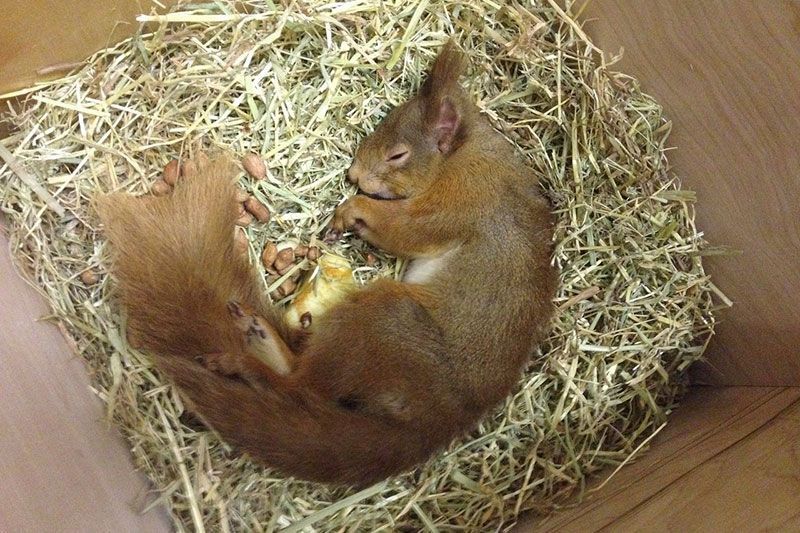
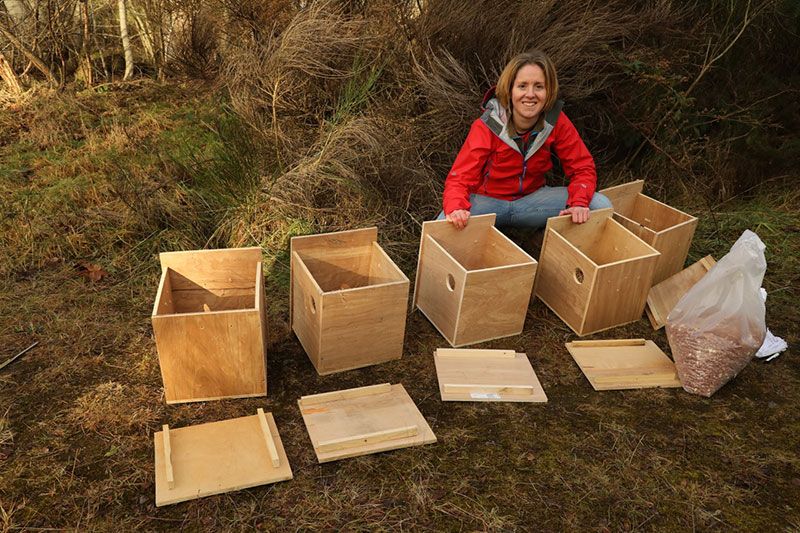
The project team are working hard to form positive relationships with landowners so that the most suitable release sites are chosen, ensuring the red squirrels have the best chance of survival in the future. It’s also important that the team can access enough donor populations to ensure that the supply of squirrels for translocation is sustainable. The continued health of donor populations from other regions of Scotland is a central focus of the project. The team are also working closely with Scottish Natural Heritage to make sure that the areas red squirrels are taken from, continue to have healthy, robust populations.
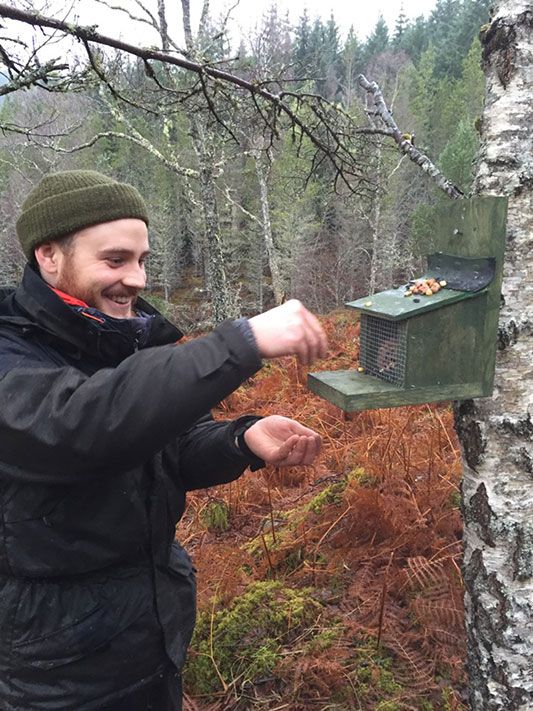
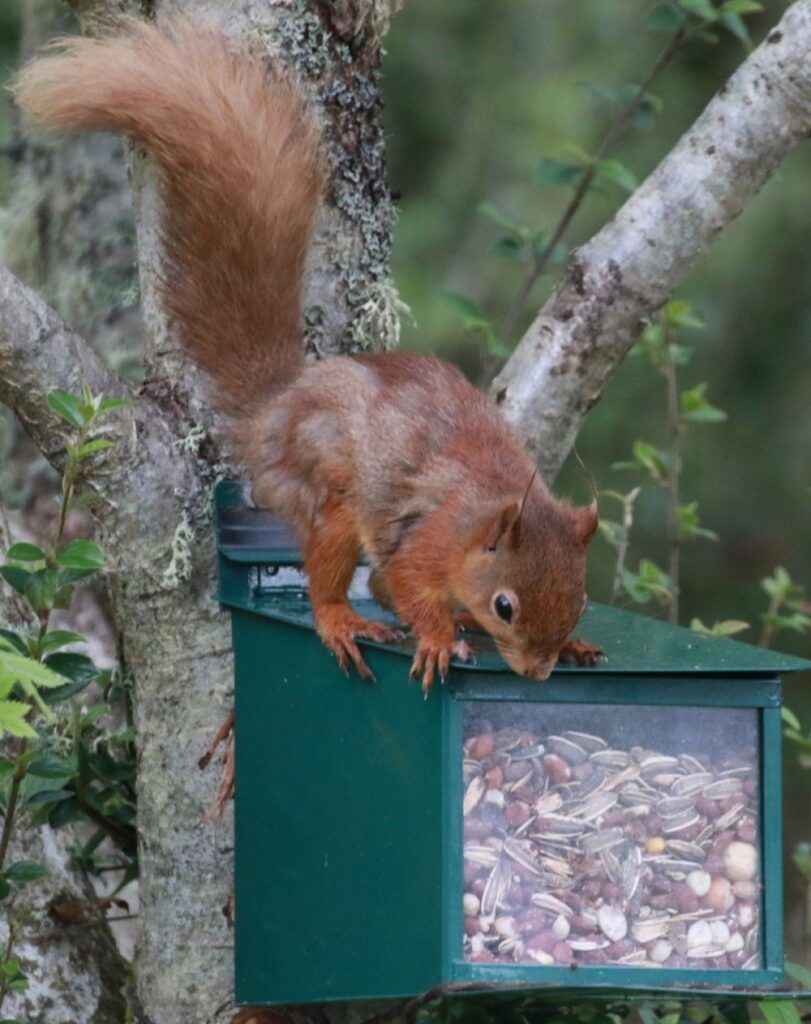
This current and final phase will create up to four new populations, along the north-western highlands, including Arisaig. By the end of the Trees For Life red squirrel reintroduction project, all possible areas suitable for new populations will be occupied by red squirrels. We should have achieved all that is possible to restore red squirrels to the north-western highlands.
If you’d like to support the third and final stage of this project, please donate or set up a direct debit here.
Red squirrel © Chris Aldridge

